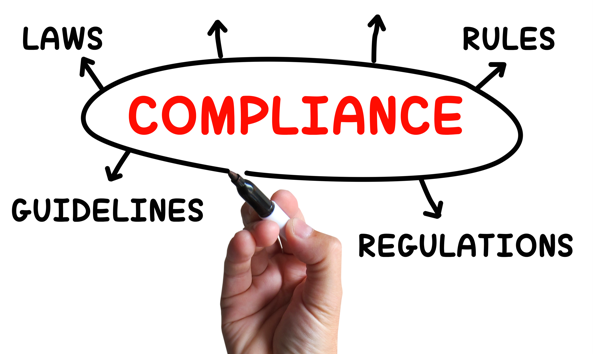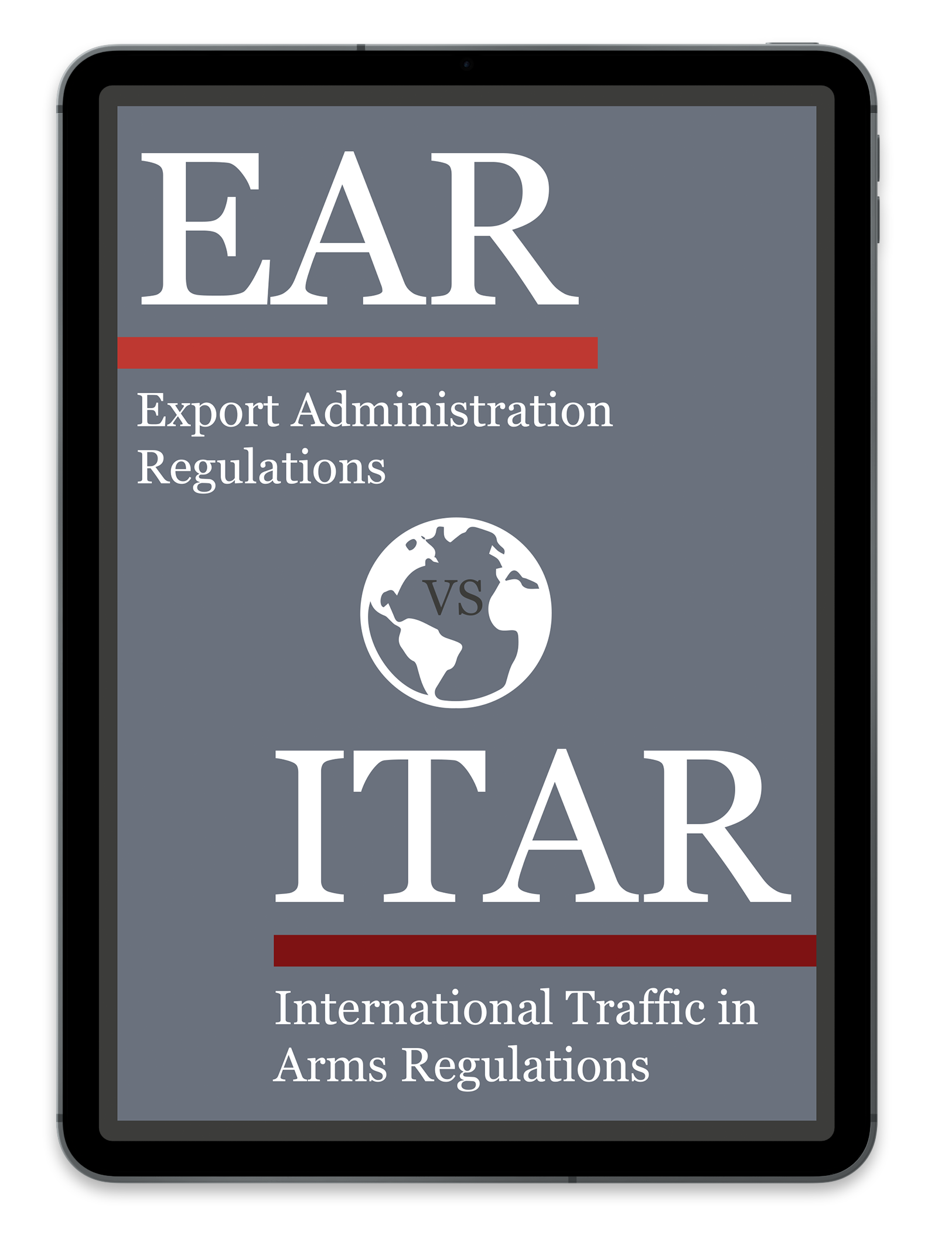Export Webinars and Online Training

5 Key Elements to Export Compliance Risk Assessments
Do you know what it takes to comply with U.S. export controls regulations? How well do you understand the actual risks for potentially violating the EAR, ITAR, or OFAC regulations? Do you have a sound strategy for identifying potential gaps in your export compliance program? In this webinar, we’ll be discussing a 5-element framework for conducting a comprehensive risk assessment of an export compliance program, 3 key factors behind determining the actual “level” of risk, and techniques for prioritizing corrective actions. If you have a basic level of understanding of the U.S. export controls regulations and you are either directly or indirectly responsible for driving export controls compliance in your role, then this webinar would greatly benefit you.
PURCHASE THE RECORDING
University Export Controls Program: Strength in Numbers
The U.S. export controls regulations affect all parts of a university or company. Operational processes from those rooted in sponsored research, technology transfer, materials transfer, shipping, recruiting, travel, and more have an element that requires some aspect of screening or evaluation against the relevant government regulations. Pulling together the key stakeholders is not easy, but it’s an essential aspect of driving comprehensive compliance across an organization. In this webinar, we’ll talk about how the various areas across a university are affected and solutions for gathering support to help drive compliance. In this recorded webinar, we cover screening steps, task forces, spreading awareness, building relationships, and influencing across departments.
PURCHASE THE RECORDING
Fundamental Research Exclusion: Your Guide to Properly Applying It – PART 2
Are you having trouble applying the Fundamental Research Exclusion (FRE) in trickier situations? Does your understanding of the FRE end with the definition itself? This important exclusion is very useful in a university research environment where many times (but not all times) results are intended to be shared. Sometimes, though, it’s not always clear exactly how the FRE applies – and to what part of a project it applies. In this webinar, we spend a small portion of time on FRE basics and then discuss approaches for addressing more complex questions such as the following: blended projects that contain FRE-data and data that is subject to the EAR or ITAR, issued patents and patent applications, data sharing with industry sponsors, and the latest on any available regulatory updates from the Department of Commerce or Department of State.
PURCHASE THE RECORDING
Fundamental Research Exclusion: Your Guide to Properly Applying It - Part 1
How well do you understand the EAR’s and ITAR’s Fundamental Research Exclusion? While this critical carve-out (referred to as the FRE) in the U.S. export control regulations has a significant impact on universities and research institutes, it’s often misunderstood. This results in unforeseen gaps in export controls compliance programs that can lead to inadvertent export violations. Join us for this webinar and walk away with practical knowledge you can apply right away.
PURCHASE THE RECORDING
Faculty or Consultant? Implications for Export Compliance
Do you understand all the ways that university-related activities can trigger export control requirements under the EAR, ITAR, and OFAC regulations? The U.S. export control regulations apply to universities in a unique and complex manner. Faculty members are key stakeholders that need to be on-board for university export compliance measures to be successfully implemented. However, in many ways, university research faculty operate as small business owners and their professional responsibilities go well beyond the academic research itself. They wear many different hats and hold a variety of roles and responsibilities, including that of an external consultant. Different portions of the EAR, ITAR, and OFAC regulations will have greater significance, depending on their role in any given transaction. In this webinar, hosted by Export Compliance Training Institute (ECTI), we explore the intersection between university faculty activities and the U.S. export control regulations – as a researcher versus as a consultant.
PURCHASE THE RECORDING

